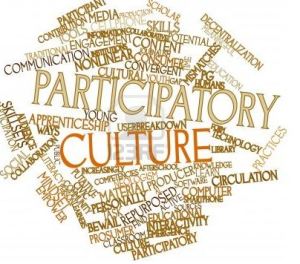Hasan Minhaj’s Patriot Act episode on Saudi Arabia discusses the United States’ relationship with Saudi Arabia, following the death of journalist Jamal Khashoggi, and the crime’s possible connection to Saudi crown prince Mohammad bin Salam. In a witty yet comedic way, Hasan manages to bring about some common Islamic tropes and also joke about it in the audience as a way to reach out to them. The trope about Islam being a monolithic religion was highlighted the most followed by the religion’s ‘need’ to be sexist and excursionist.
When we talk about Islam being a monolithic religion, we automatically make an assumption that all those belonging to this religion think,act and behave in the same manner i.e. the actions of a certain subgroup within this religion is a representation of what the whole of Islam stands for. Minhaj rightly points out of how in reality Saudi Arabia is only two percent of the entire Muslim population, but whenever Saudi does something wrong, Muslims around the world have to live with the consequences. On the other hand, if something good happens, people like Mohammad Bin Salam get to speak with Oprah. Similarly, he made a comment about how ‘Muslims feel about dogs’, which generalizes the opinion of all Muslims further emphasizing on the monolithic aspect of the religion by almost saying that something as personal as opinions on dogs is fixed under Islam. What i noticed was that while all these instances were made in a humorous manner, he did address this seriously when he spoke of the relationship between Saudi Arabia and America.
Hasan Minhaj also talks about how Saudi in a way idolized MBS because he was one of the very few people in power who actually stood in support of women being able to drive, which is why it was so tough for people to actually antagonize him and blame him for the murder of journalist Jamal Khashoggi. This also points towards how normalized and generalized these tropes have become in our everyday lives, so much so that we are ready to believe and follow something as negative as sexism, in the name of religion.
